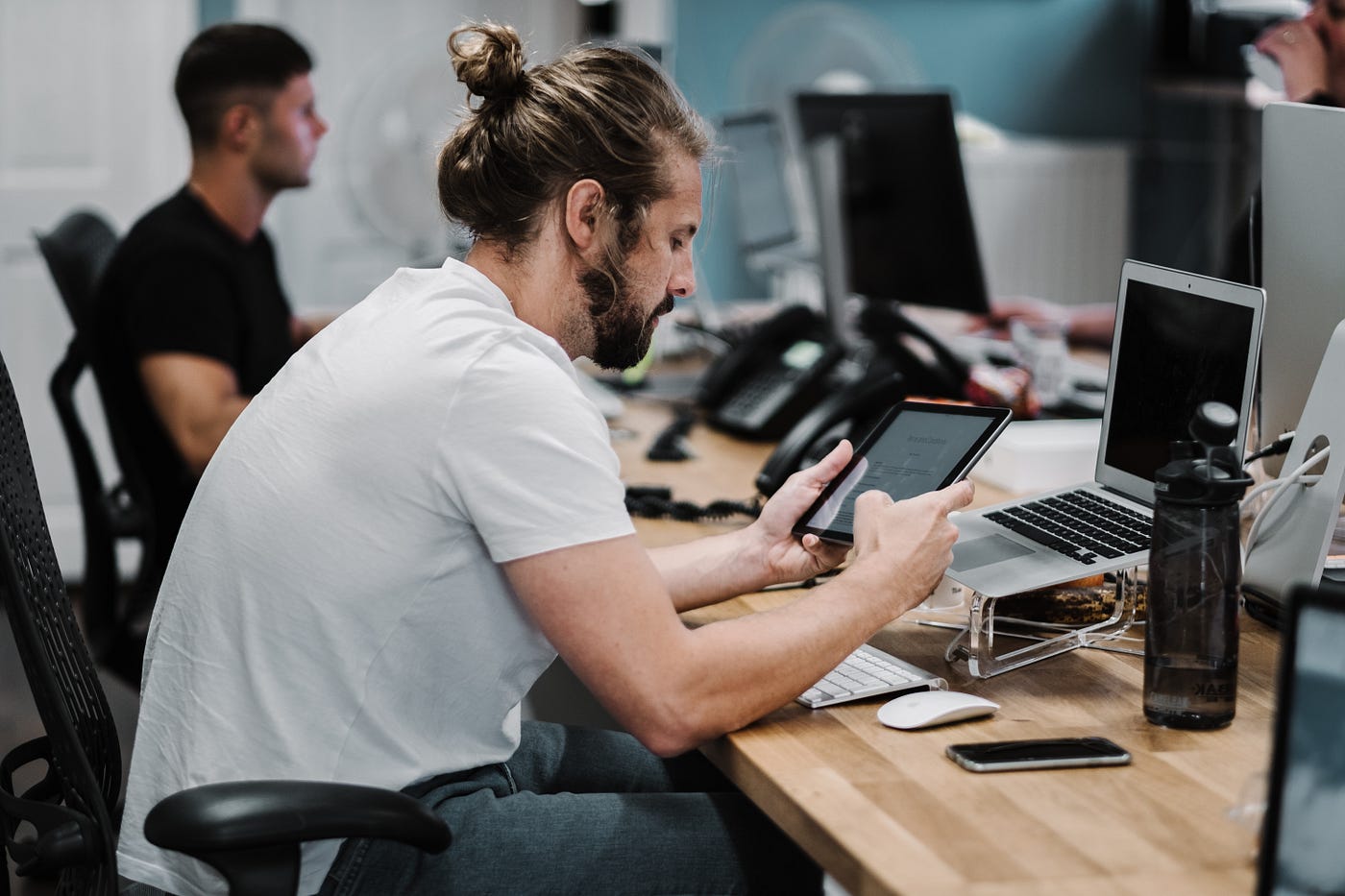
How to Use Python on an Android Tablet
Using Python on an Android tablet offers a great way to harness Python's power in a mobile setting. While not as straightforward as on a desktop or laptop, several methods and tools make it possible. This article explores various ways to run Python on an Android tablet, including dedicated apps, terminal emulators, and remote development setups.
Method 1: Using Dedicated Apps
Dedicated apps designed specifically for running Python on Android provide one of the most straightforward methods. These apps typically include a built-in Python interpreter, code editors, and access to device resources like the camera or GPS.
QPython
QPython is a popular app for running Python on Android. Here’s how to set it up:
- Download QPython: Search for "QPython" in the Google Play Store and download it.
- Install Python 3: After installing QPython, install Python 3.6 using the QPython 3.6 updater available in the Play Store.
- Configure QPython:
- Open QPython and close it immediately after opening.
- Open the QPython 3.6 updater.
- Click on "Release Python 3 Resources."
- Once the installation is complete, go back to QPython.
- Click on the "More" button to access the settings menu.
- Switch to Python 3 by checking "Switch to Python 3." Optionally, allow root access if your device is rooted by checking "Root Mode."
- Install Packages: Use pip to install packages. Go to the main menu, click on "QPyPi," then click on the big "Install with Python's PyPI" button at the top of the menu.
PyDroid
PyDroid offers a simple and intuitive interface for writing and running Python code.
- Download PyDroid: Find PyDroid in the Google Play Store and download it.
- Write and Run Code: Open PyDroid and start writing your Python code. Run your scripts directly within the app.
Python for Android
Python for Android includes a code editor and supports various libraries and frameworks.
- Download Python for Android: Search for Python for Android in the Google Play Store and download it.
- Write and Run Code: Open the app, write your Python code, and run your scripts directly within the app.
Method 2: Using Terminal Emulators
Terminal emulators like Termux provide a Linux-like environment where various command-line tools, including Python, can be installed and run.
Termux
Termux is a powerful terminal emulator offering popular Linux commands and hundreds of additional packages for easy installation. Here’s how to set it up:
-
Install Termux: Download Termux from the Google Play Store or F-Droid.
-
Install Python:
-
Launch Termux and perform the following commands:
bash
$ pkg install root-repo
$ pkg update
$ pkg install python -
Verify Python installation by running:
bash
$ python –version
-
-
Create a Project Directory:
- Create a project directory for writing and managing your Python code:
bash
$ mkdir Source
$ cd Source
- Create a project directory for writing and managing your Python code:
-
Create a Virtual Environment:
-
Create a Python virtual environment to keep your project independent:
bash
$ python -m venv venv -
Activate the virtual environment:
bash
$ . ./venv/bin/activate
(env)$
-
-
Install Required Modules:
- Install required modules using pip within the virtual environment:
bash
(env)$ pip install flask
- Install required modules using pip within the virtual environment:
-
Write and Run Code:
- Write your Python code in a text editor or directly in the terminal.
- Run scripts using the
pythoncommand.
Method 3: Remote Development Setup
For a more traditional development experience, set up a remote development environment. Write and run Python code on a computer, using an Android app to connect and run the code.
VNC (Virtual Network Computing)
VNC allows remote access and control of a computer from another device.
- Set Up VNC Server on Computer: Install and configure a VNC server on your computer.
- Connect via VNC Client: Use a VNC client app on your Android tablet to connect to the VNC server.
- Run Code Remotely: Write and run Python code on the computer while using the VNC client to interact with it.
SSH (Secure Shell)
SSH provides another method for remote access and control of a computer.
- Set Up SSH Server on Computer: Install and configure an SSH server on your computer.
- Connect via SSH Client: Use an SSH client app on your Android tablet to connect to the SSH server.
- Run Code Remotely: Write and run Python code on the computer while using the SSH client to interact with it.
Additional Tools and Resources
Several other tools and resources can help run Python on an Android tablet:
replit.com
replit.com is an online platform for writing, running, and sharing code in various programming languages, including Python. Access it via a web browser on your tablet.
google colab
google colab provides a Jupyter notebook environment for running Python code. It’s accessible via a web browser and can be used for data science tasks, machine learning, and more.
SL4A (Scripting Layer for Android)
SL4A is an older method for running Python scripts on Android devices. Though more complex to set up compared to modern apps like QPython or Termux, it can still be useful for certain tasks.
Running Python on an Android tablet offers flexibility and convenience, especially for quickly testing or prototyping code without a laptop or desktop. Using dedicated apps like QPython, PyDroid, or Python for Android, or leveraging terminal emulators like Termux, makes setting up a Python environment on your tablet easy. Additionally, remote development setups using VNC or SSH provide an alternative way to manage projects from a mobile device. Whether a beginner or an experienced developer, there’s a method that suits your needs and skill level.
